Tuesday 15th March to Friday 1st April
The Saints, back to Guadeloupe, and The Saints again.
As we moved out of the shelter of the mountains on mainland Guadeloupe, sailing south to Les Isles des Saintes, the sea was increasingly rough. Halfway across the straits, renowned for strong wind, heavy rain clouds descended and reduced our visibility to less than a hundred yards. We donned wet weather gear and looked out for other boats, changing course to avoid an approaching yacht that appeared on AIS on our plotter to be on a near collision course. We were heading for the Saints, a group of seven small island which are part of Guadeloupe. As we approached the heavy rain eased and as we passed one of the smaller islands we spotted a free buoy off the beach. We tied to the buoy off the Ilet a Cabrit populated only by goats, chickens and feral cats and topped by Fort Josephine, built by the French in the 18th century to protect against the British. The walk up to the fort was through deciduous trees with a wonderful view from the top to the the main town of Le Bourg below and the bay, the Anse du Bourg, full of boats at anchor and on mooring buoys.
The next morning waking in the quiet little bay was one of those special mornings, washed clean by the rain, peaceful and still. We snorkelled over the reef off the beach, a world of colourful corals and fish only a few meters below the surface.
We left the tiny island of goats and spent three days in the main bay off Le Bourg, a picture postcard pretty place visited by day trippers from mainland Guadeloupe, high rounded hills rising above the bay and a lovely town with a picturesque main street, pretty church, shops and restaurants. Fort Napoleon looks down on the town from the hill above and it was a hot walk to the top, overtaken by golf buggies and scooters, the usual way to get around on the island apart from walking. The fortress is a museum with 18 rooms, each one different and somewhat bizarre in contents, a sperm whale room, a gendarmerie room, rooms on fishing, the slave trade, and a reconstruction of the naval battle of Les Saintes, when the British navy trounced the French in 1782. Outside the gardens are full of lush cacti and shy iguanas sunning themselves.
We returned to mainland Guadeloupe, this time to the marina at Point-a-Pitre, the largest town on Guadeloupe. A huge anonymous marina with berths for over 1000 boats. We soon started getting the marina blues, longing to be back out at anchor somewhere peaceful, but we had jobs that needed doing and visits to the chandlery were in order. Hugh watched the rugby in The Pirates bar, England beating France, a small group of English cheering loudly as the French gloomily sipped their beers. We hired a car to drive around Guadeloupe for two days. Most of the centre of the larger, western half of Guadeloupe, Basse-Terre, is a national park, with rugged mountains covered in rainforest, numerous waterfalls, and an active volcano, La Soufriere (which appears to be the name of several of the volcanos on Caribbean islands, soufre being the French word for sulphur). We walked through the rainforest to swim in the pool under a waterfall and climbed the path up the Soufriere volcano, with sulphurous smelling mist obscuring the top. It was getting dark and too late for us to get to the rim. Another day we drove to the wild and windy eastern point of the island, the Pointe des Chateaux and then across the centre of Grande-Terre, the eastern half of Guadeloupe, a maze of narrow winding roads running through undulating hills with deep valleys, lush green pastures, little villages and farms. We crossed the bridge over the narrow River Salee that divides the two butterfly wings of land that form Guadeloupe and visited the Botanic Gardens outside Deshaies. As well as towering palms and lush flowering shrubs there were tiny black hummingbirds, the camera flash revealing the iridescent blues, greens and red of their plumage.
On Easter Sunday we walked into Point-a-Pitre but the Cathedral was shut and we were too late for the service. On the dock front we found a modern exhibition centre with an exhibition on the history of slavery in Guadeloupe and the World. Slavery and the development of sugar plantations on the French islands appears to have followed a similar course to that on the British islands, with equally appalling treatment of the enslaved West African people, and although slavery was abolished in Guadeloupe after the French Revolution in 1794 when many of the Royalist plantation owners went to the guillotine, it was reestablished by order of Napoleon Bonaparte in 1802, finally being abolished in 1848 some 14 years after it was on the islands of the British West Indies.
After a week on mainland Guadeloupe we had planned to sail south east to another small island, Marie-Galante, but the winds were against us, so after an unpleasant hour of motoring into the wind and bouncing over big waves we turned to starboard and sailed, not too unhappily, to the Saints. Picking up the last empty mooring buoy in the Anse du Bourg it felt very peaceful and relaxing. The days passed and we kept planning to leave but ended up staying just one more night. We kept remembering that we still hadn’t got round to snorkelling over the wreck in the bay or walking to the top of the highest hill to take in the view. One morning the heads completely blocked up so I had the joyful task of learning how to dismantle and reassemble a marine toilet, removing thick limescale deposits in the process.
Next stop, when we can tear ourselves away from these paradise islands, will be Dominica, just twenty miles south.
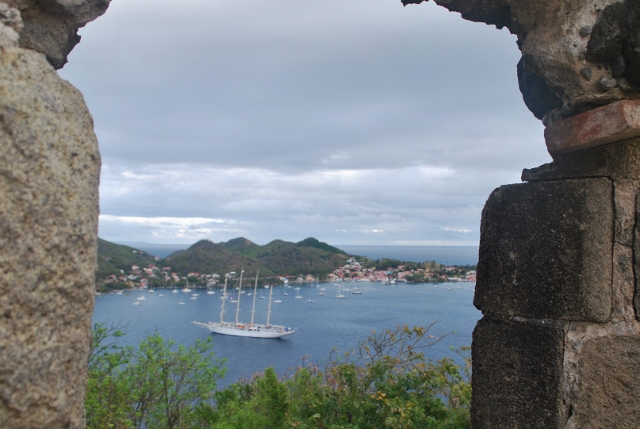
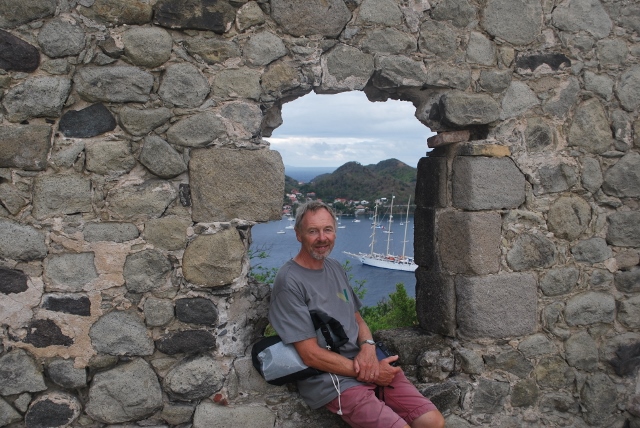
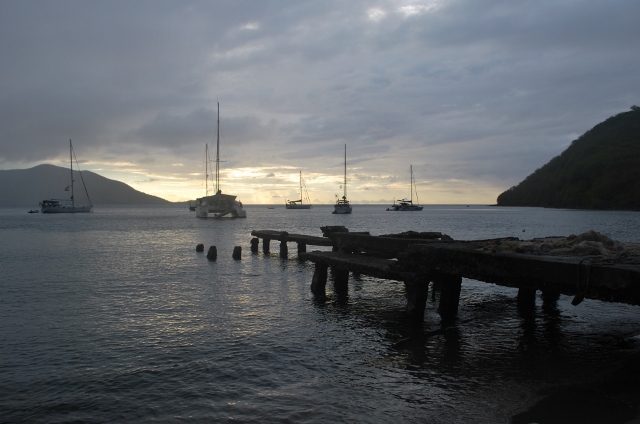
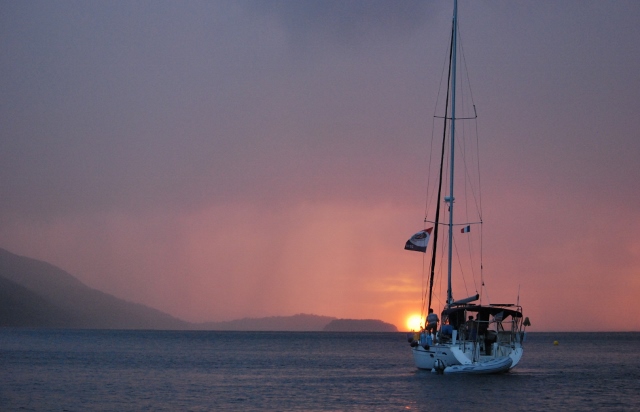
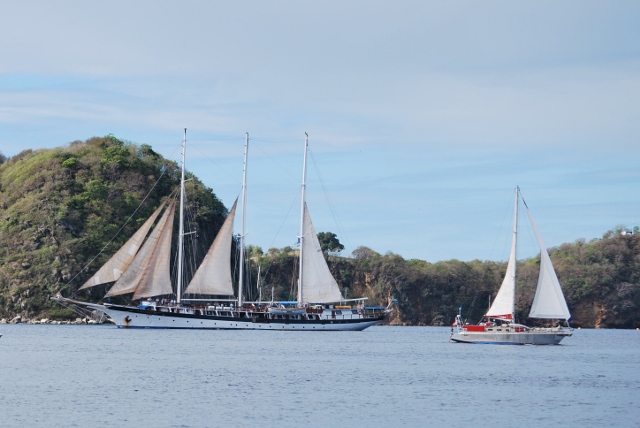
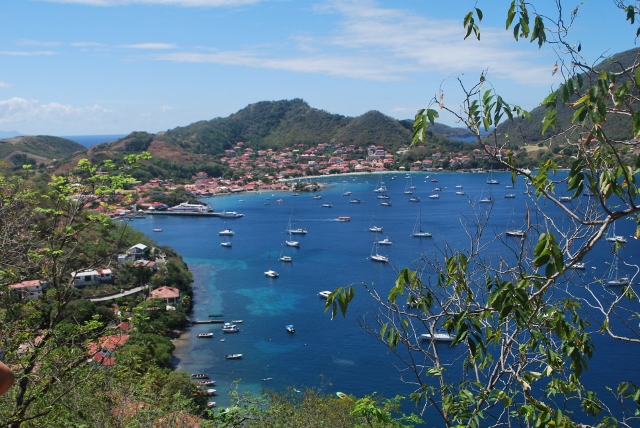
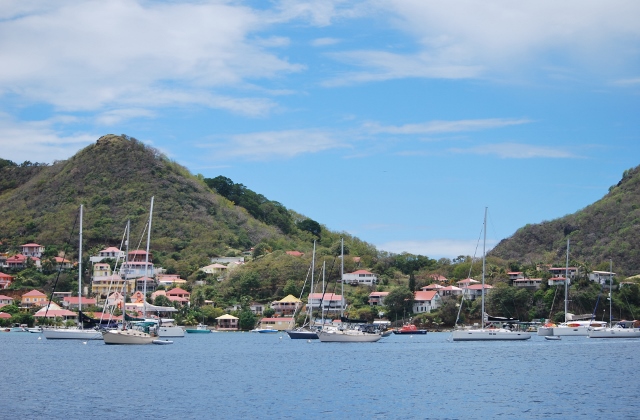
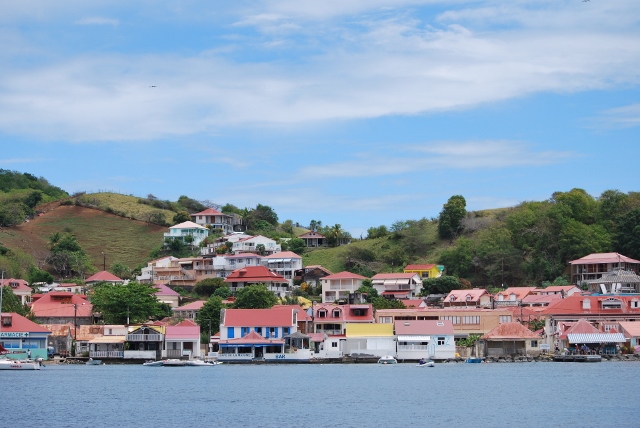
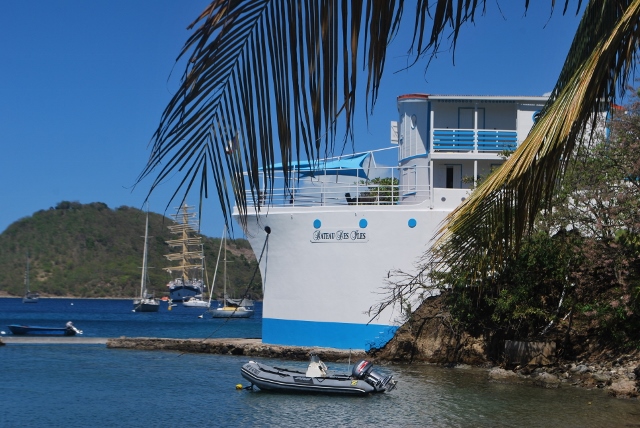
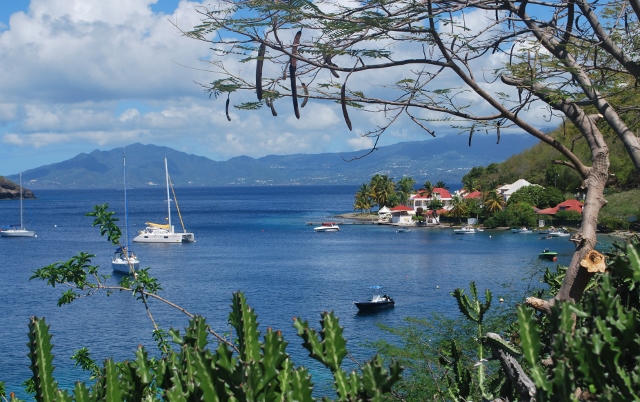
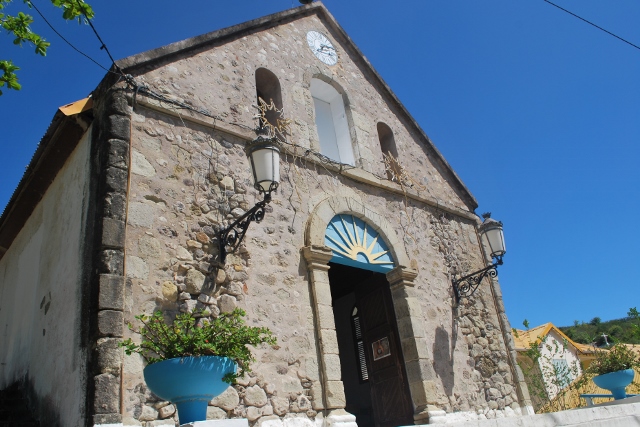
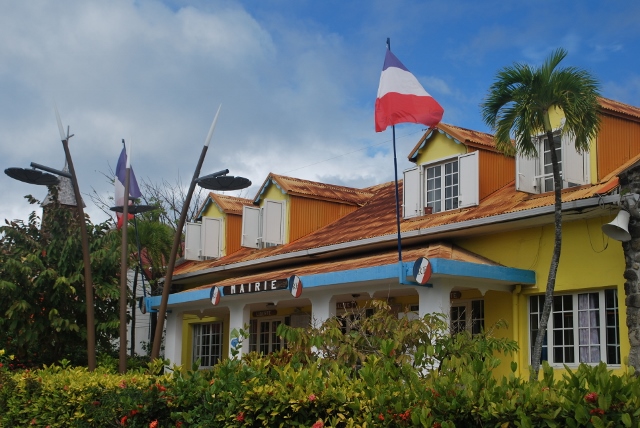
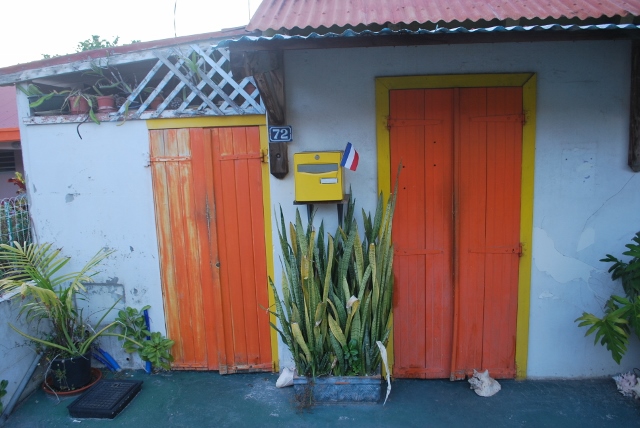
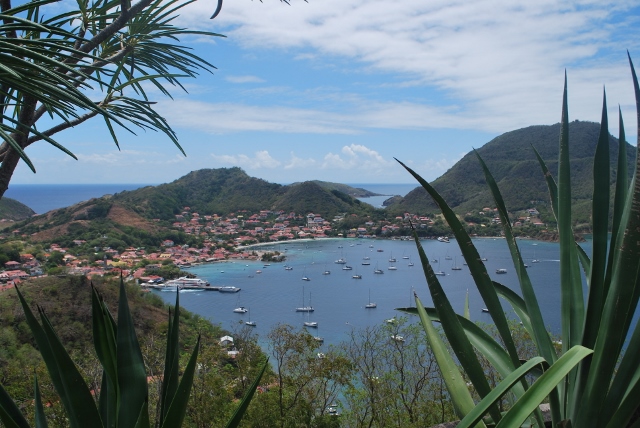
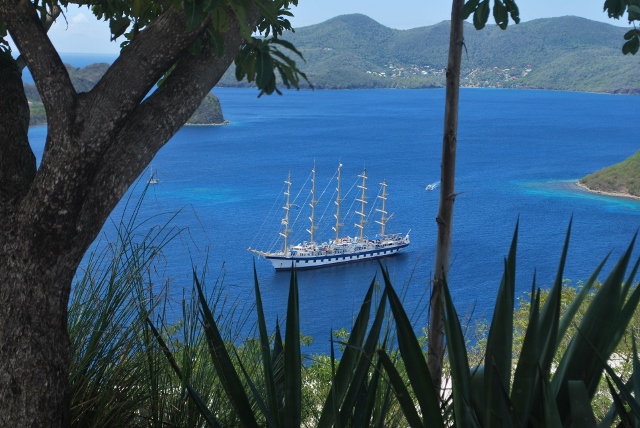
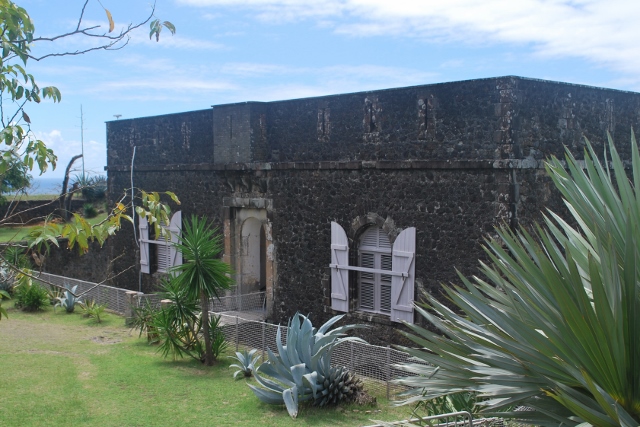
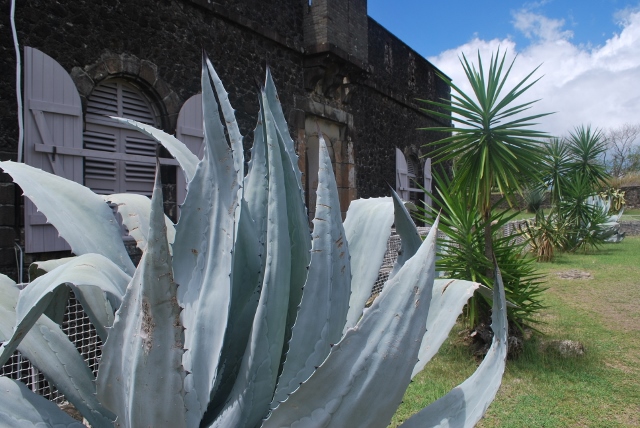
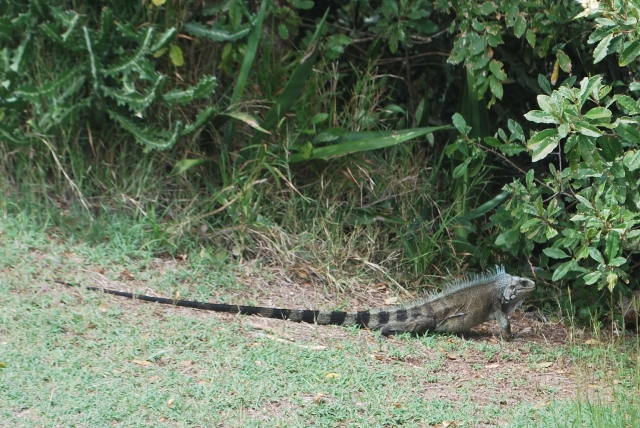
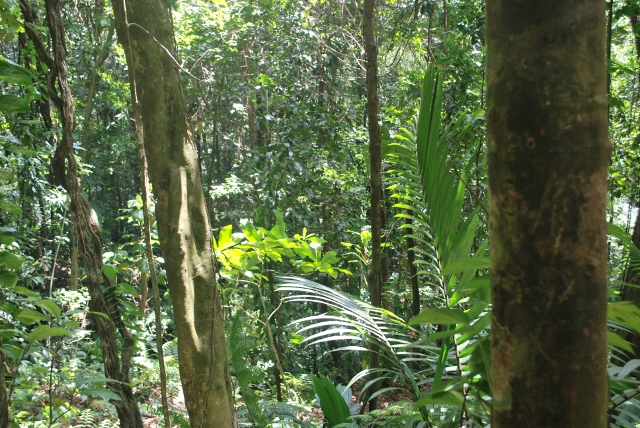
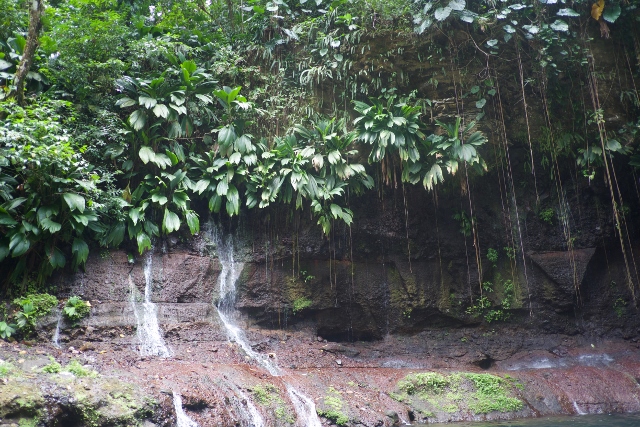
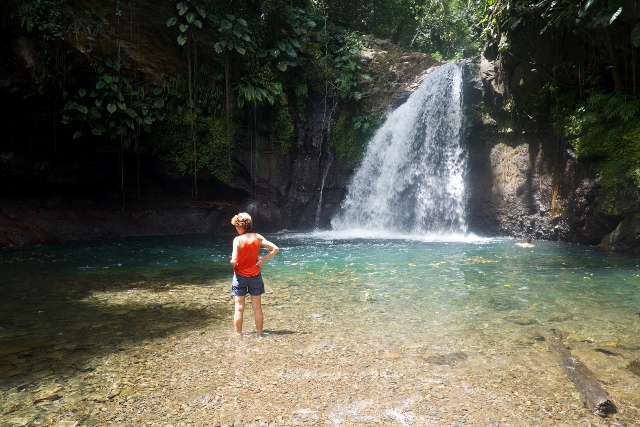
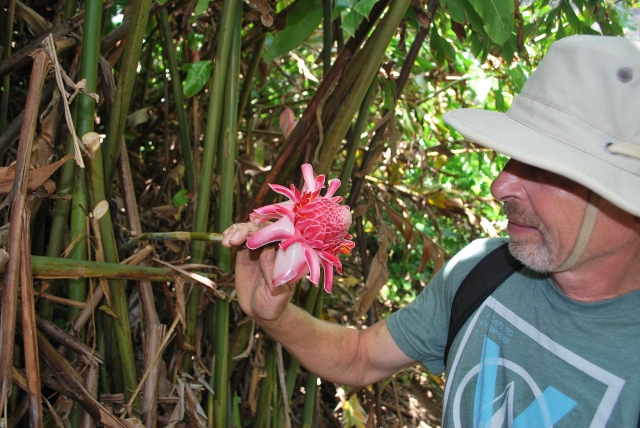
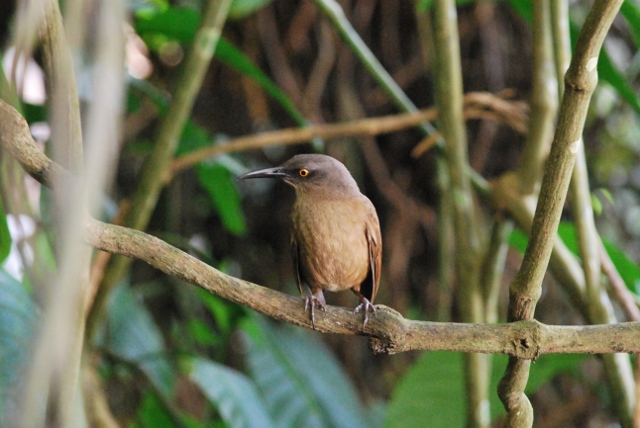
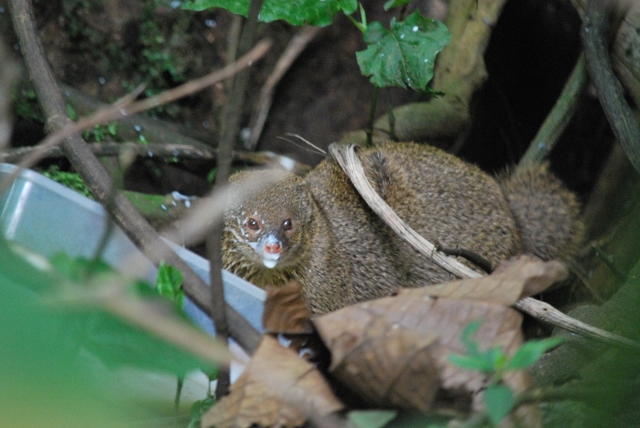
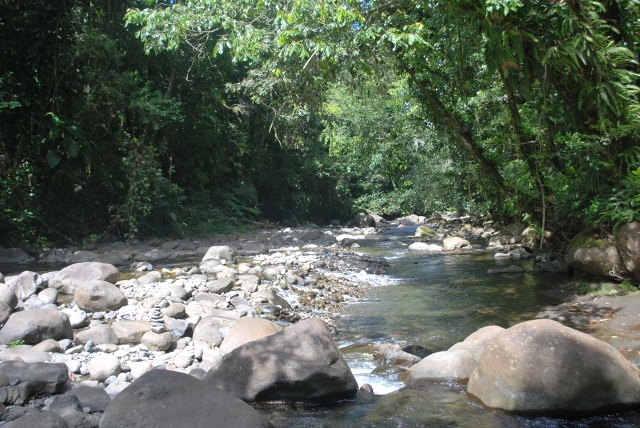
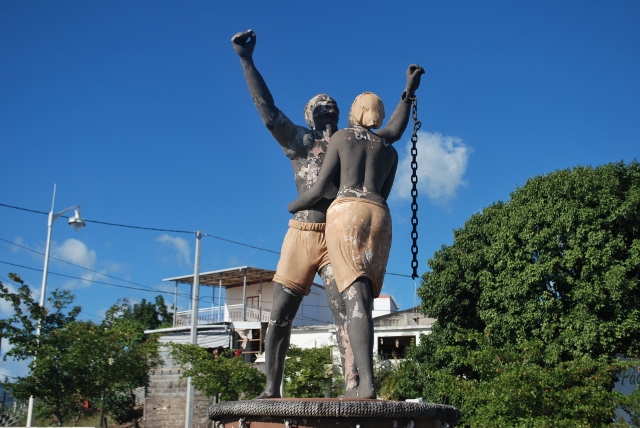
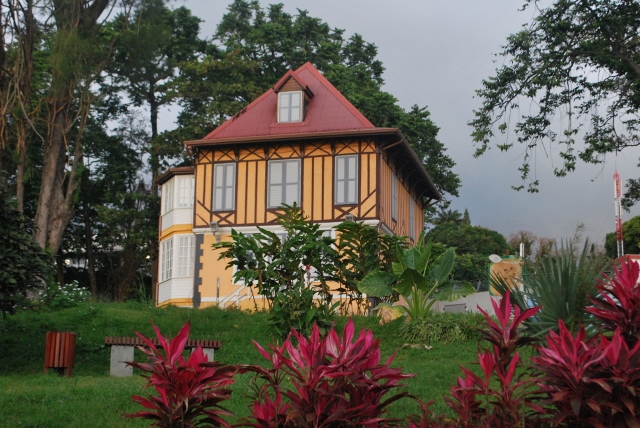
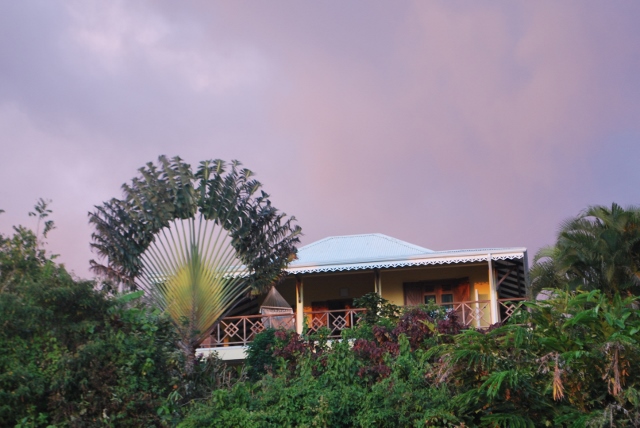
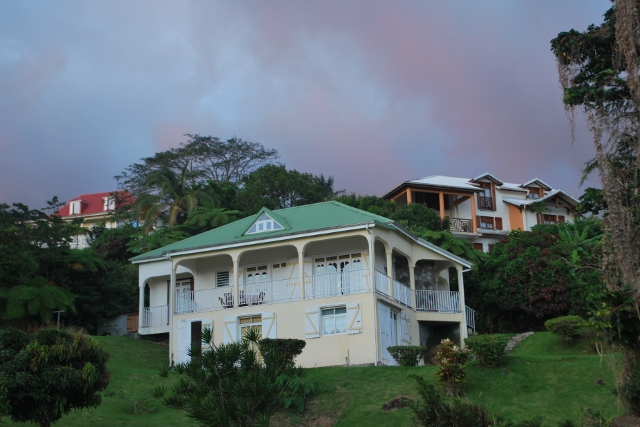
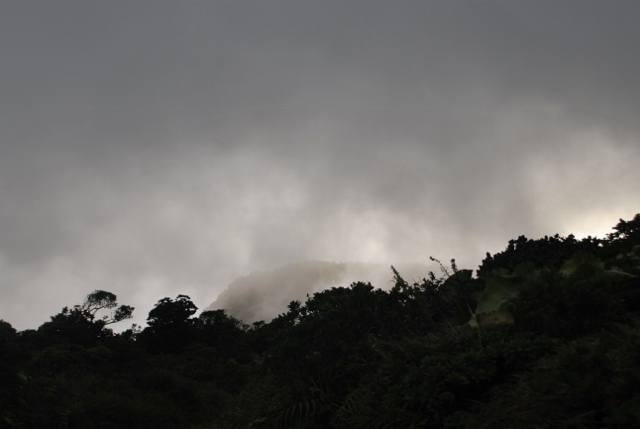
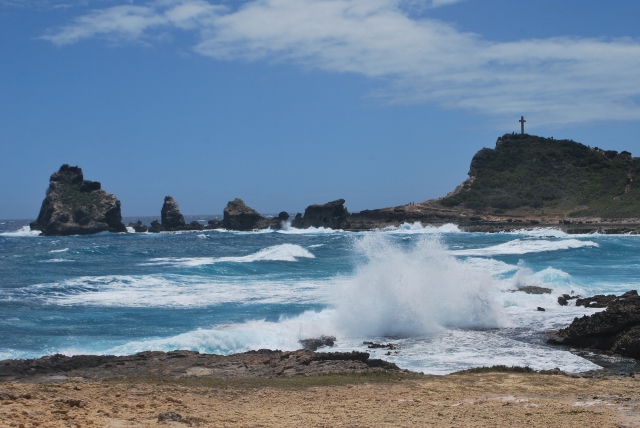
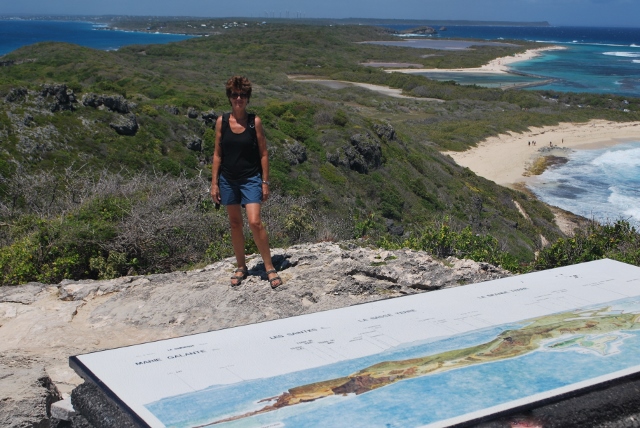
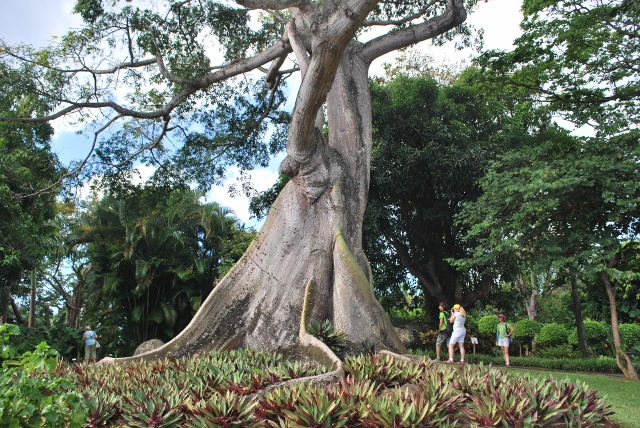
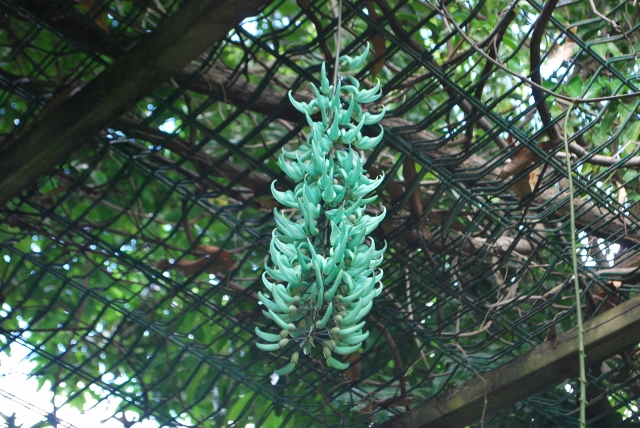
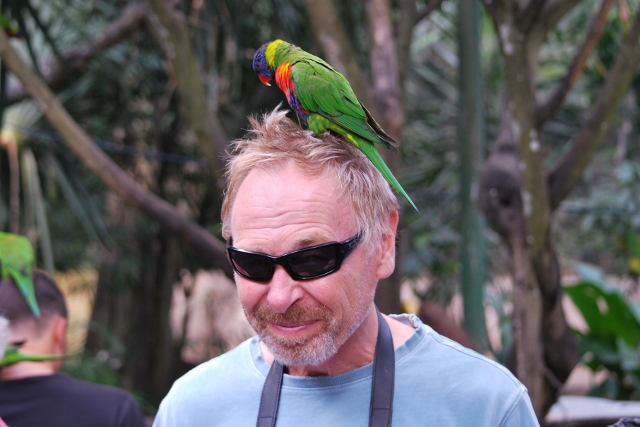
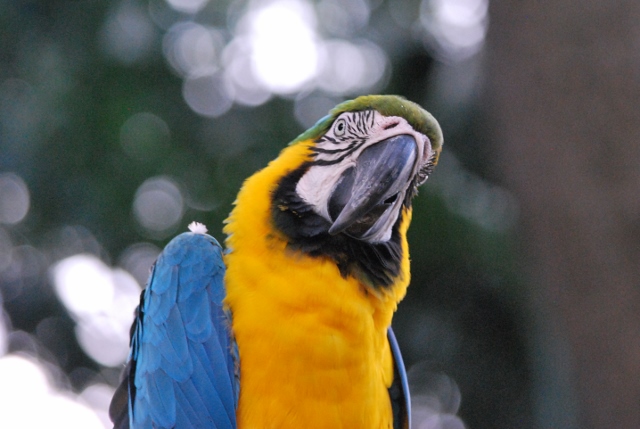
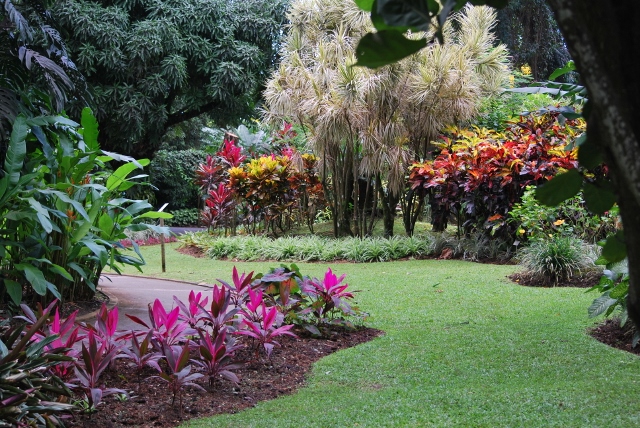
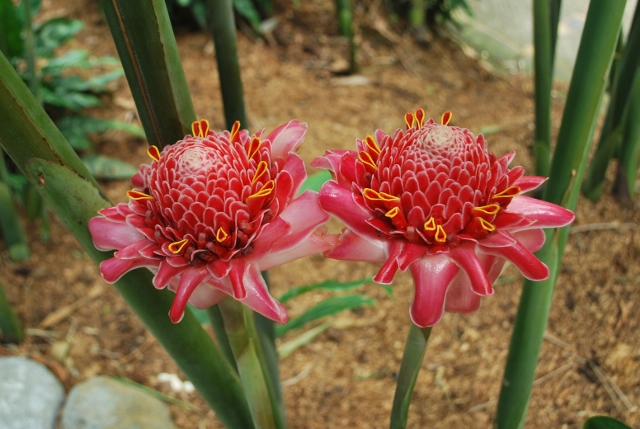
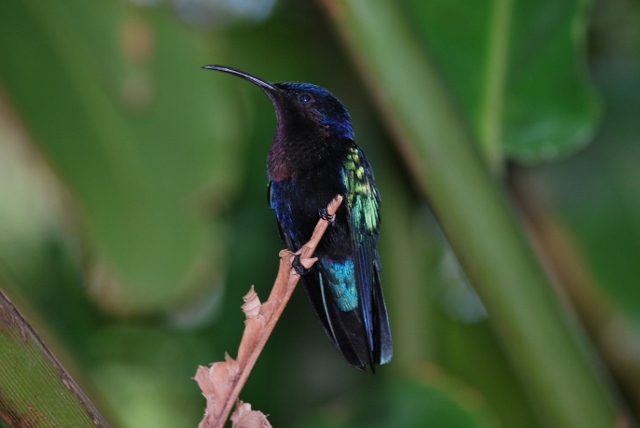
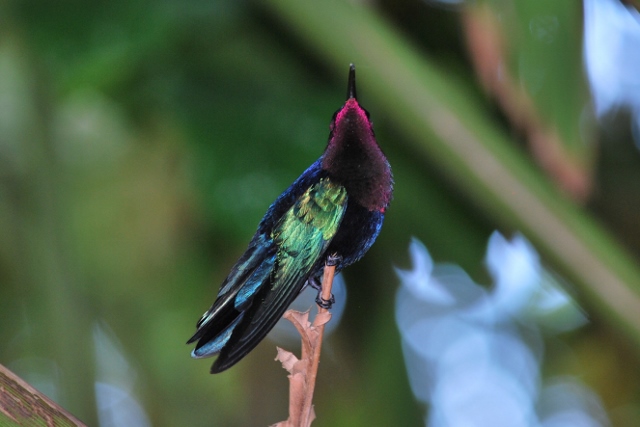
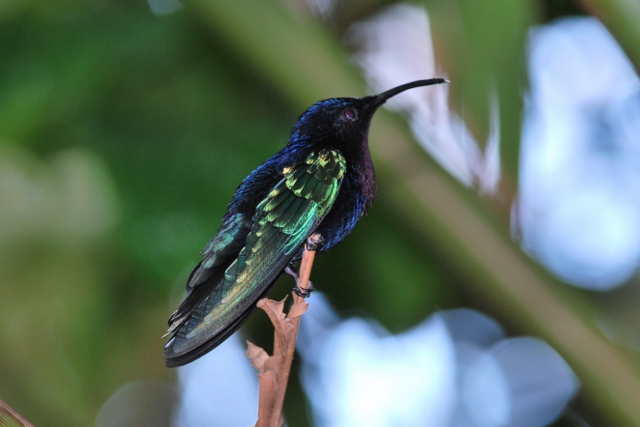
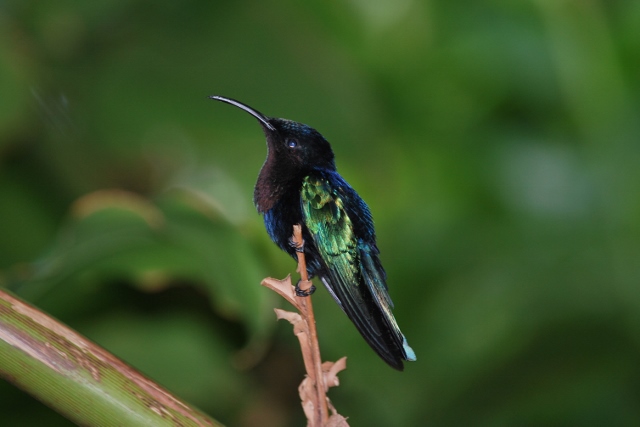
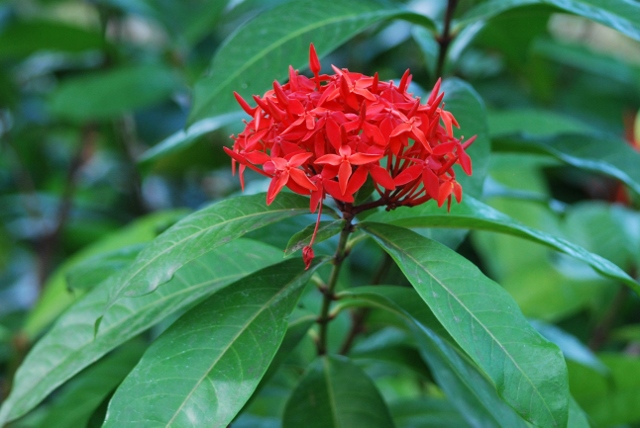
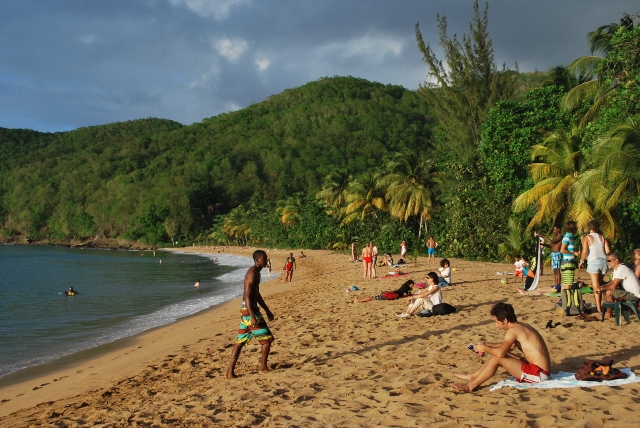
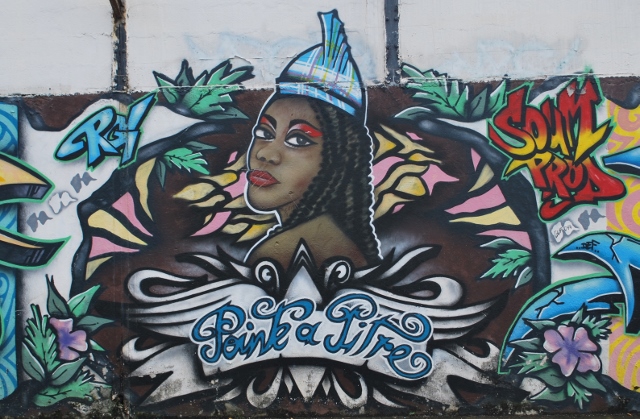
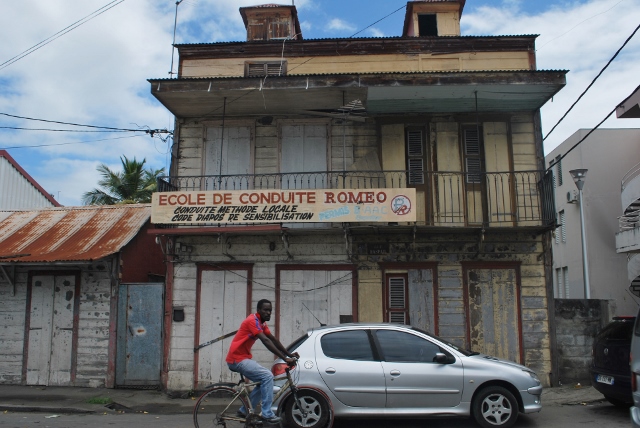
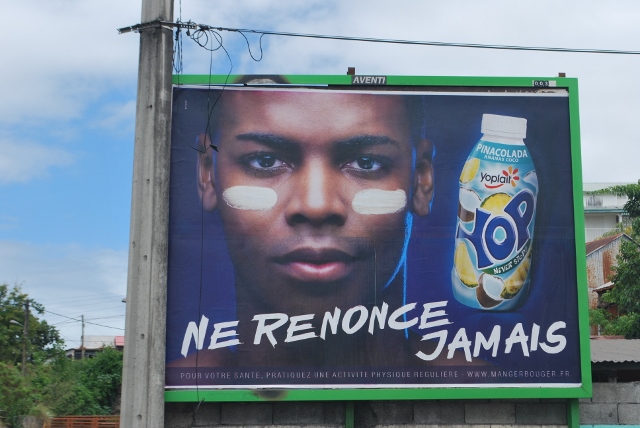
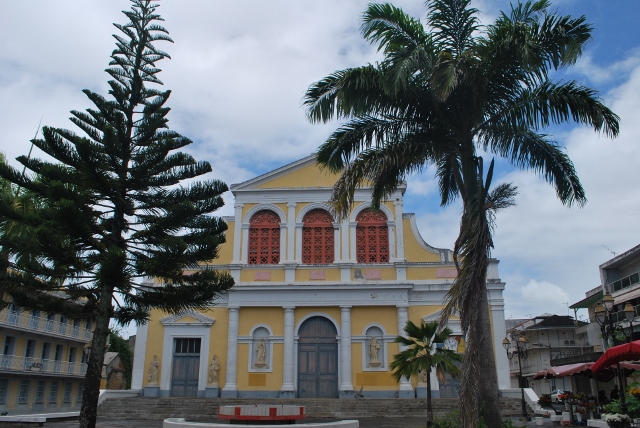
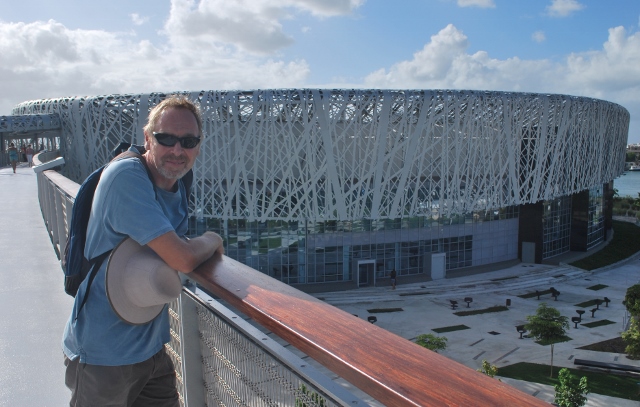
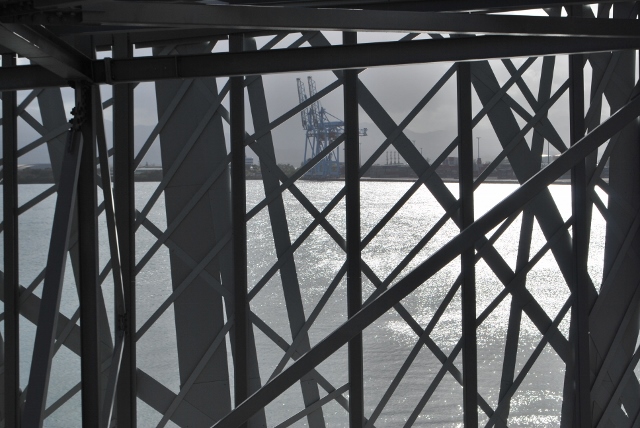
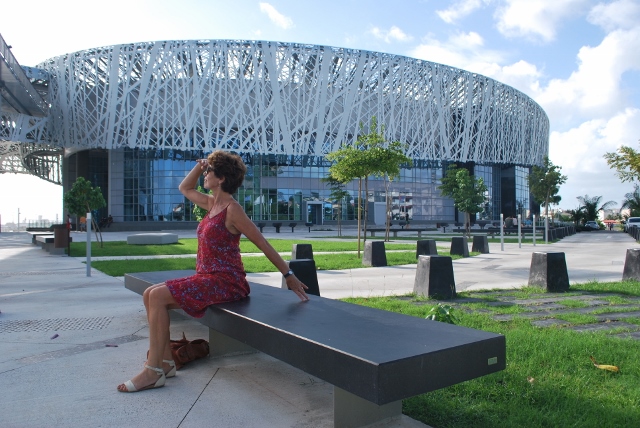
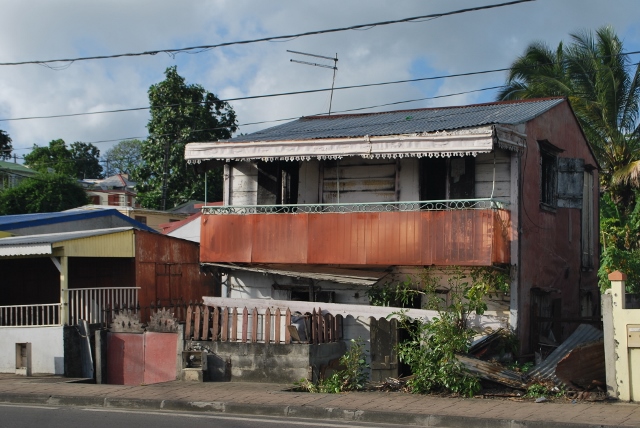


6 Comments
Annie Sparkes
April 8, 2016 - 8:31 amHaving just visited the forts from where the slaves were shipped, its a wonder any of them made it to the Caribbean. The attrition rate between capture & setting foot on dry land must have been enormous. Happy meanderings xxxx
annie
April 11, 2016 - 10:17 pmI think it was, Annie. We visited a house in Senegal in West Africa where slaves were kept in the basement area prior to shipping. Horrendous.
Interesting to see the effects of colonialism and the slave trade in so many places xx
Jim Lucas
April 14, 2016 - 8:00 pmNow you are down in Roseau you can get that game of cricket in at Windsor Park – I’ve zoomed in on google maps and some of the coastline between Portsmouth and Roseau looked stunning. Also understand there is a a pod of sperm whale that are meant to stay year round off the coast of Dominica x
annie
April 18, 2016 - 8:03 pmSadly we had forgotten the directional hydrophone, Jim, so were unable to locate the sperm whales. Yes the coastline is beautiful, as is the whole island, we loved it xx
Jerry
April 23, 2016 - 1:37 pmWow! All looking fabulous as ever. Do you have a favourite place yet? I’m off to Begur on the Costa Brava tomorrow, one of my favourites. Oddly enough Charlie and Judith will be in the area at the same time. My reputation as Mr. Coincidence continues! Keep up the good work, Jerry xx
annie
April 26, 2016 - 5:45 pmEnjoy the sun, sand and sangria xxx